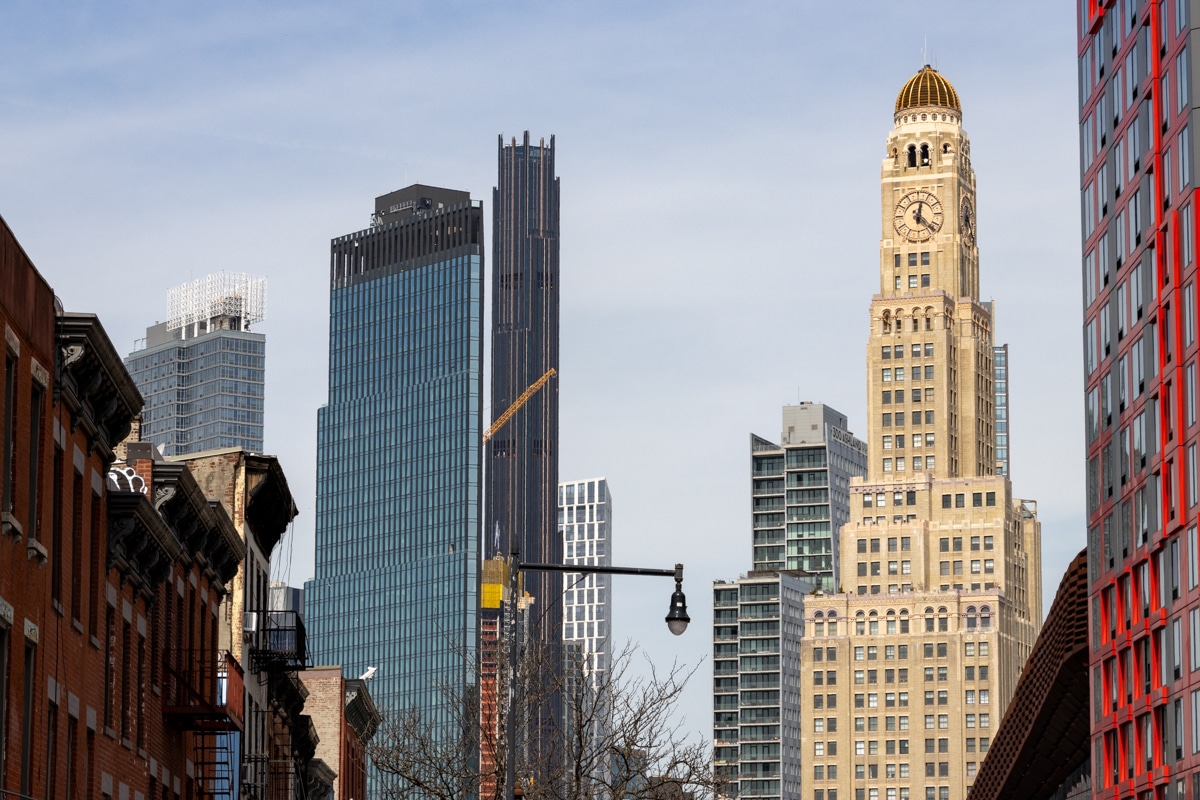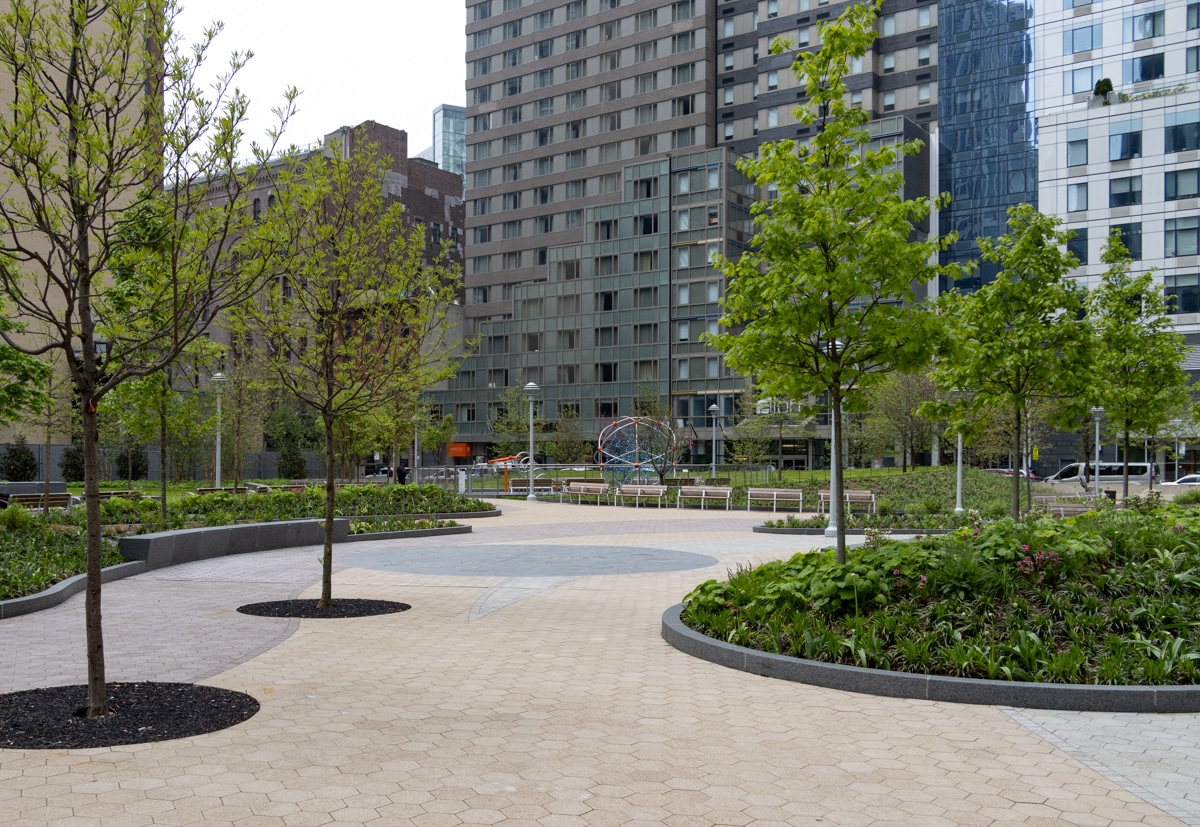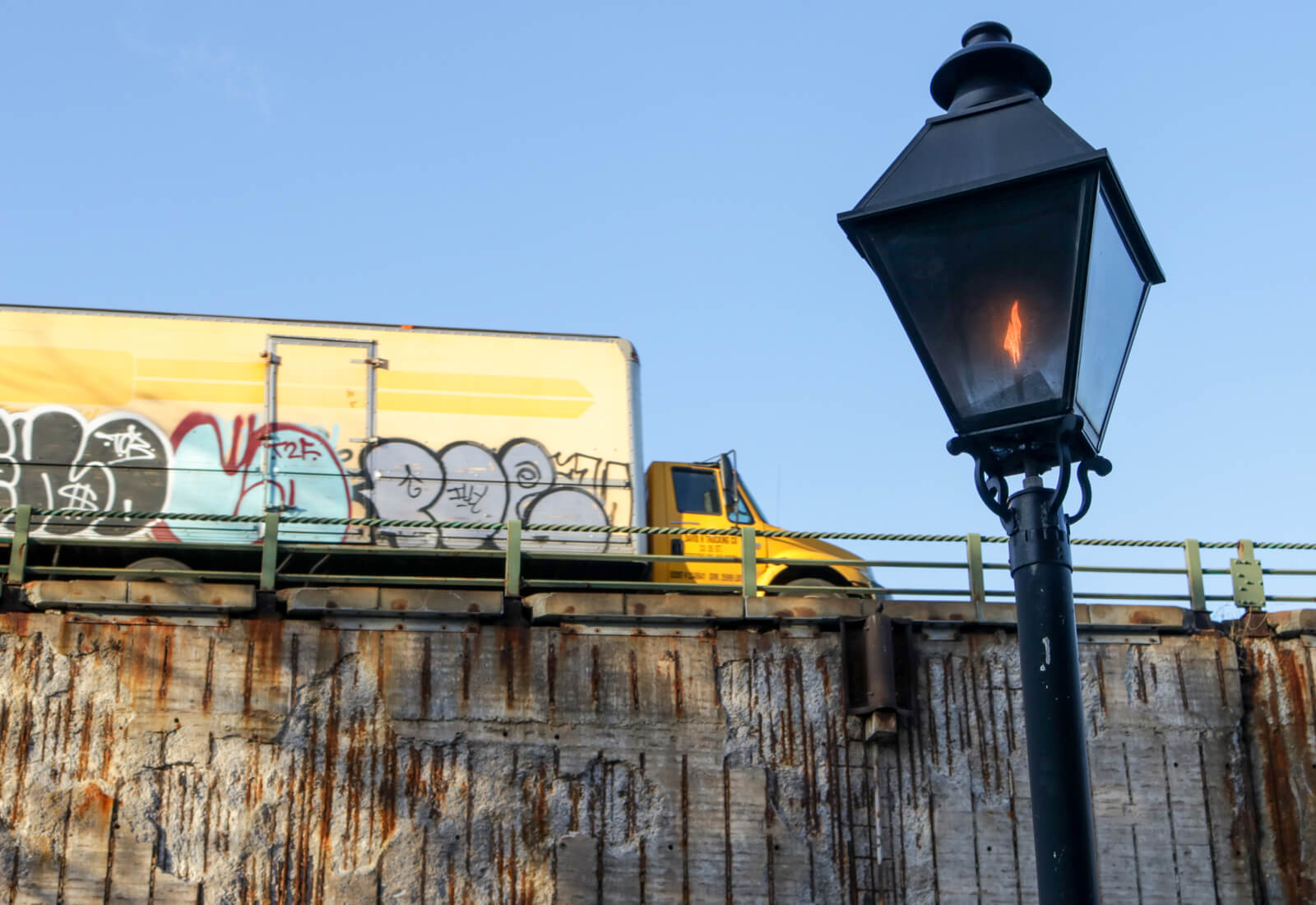Walkabout: Going Dutch in New York State
Read Part 2 of this story. Many of my stories about the people, places and architecture of Brooklyn have a Dutch theme. That’s because the Dutch played such a vital role in the history of Brooklyn, Manhattan, and the Hudson River Valley. We live in a city with street and neighborhood names like Vanderbilt, Remsen,…


Read Part 2 of this story.
Many of my stories about the people, places and architecture of Brooklyn have a Dutch theme. That’s because the Dutch played such a vital role in the history of Brooklyn, Manhattan, and the Hudson River Valley.
We live in a city with street and neighborhood names like Vanderbilt, Remsen, Lefferts, Lott, Van Nostrand, Bergen, Wyckoff, Duryea, Schermerhorn, Van Siclen, Stuyvesant, and so many more, in a city named Breukelen.
The Dutch were the first Europeans to settle in the Hudson Valley and New York City/Long Island area, and they left an indelible mark on the state when they decided to call the entire area “New Netherland,” and the New York City area “New Amsterdam.”
By the time the Dutch arrived on our shores in 1609, Spain, Portugal, England and France had already staked out most of their claims to North and South America, as well as the islands of the Caribbean. Every country had the same motive in coming to the New World – wealth.
Some nations just came and took it, others, like the Dutch, preferred to trade. The other European nations sent explorers backed by their governments; the Dutch came as the employees of two corporations, the Dutch East India Company and the Dutch West India Company.
Money was the motivation for the settlement and growth of Manhattan, as well as in five of the six original towns that made up what would become the county of Kings. Money would always rule New York.
It all started with the exploration of an Englishman named Henry Hudson, who sailed for the Dutch East India Company on a ship called the Halve Maen, or Half Moon. Hudson was commissioned to look for the fabled Northwest Passage that would take him across North America to the Pacific and the lucrative trading ports of Asia.
By this time, it was common knowledge that North America was there, but they had no idea how big it was, or whether or not it was possible to go above it, and cross over to Russia, and then on to Asia. Hudson and the Half Moon set out in 1609 to find the passage.
After reaching Greenland, they bounced around the Eastern coast of North America, first in Newfoundland, then Nova Scotia. Then he went down the coast to Cape Cod, then all the way down to Chesapeake Bay. He came back north and landed on Long Island, near present day Coney Island, near the entrance to what was called the “North River.”
On September 11, 1609, he headed up the river that now bears his name, confident that he would find the passage west. Ten days later he reached the area where the city of Troy now stands. The river had narrowed considerably, and Hudson correctly figured that this was not the Northwest Passage. He turned around, and sailed back to the coast, and then back to Europe.
Hudson had traded with the indigenous people he ran into as he sailed up and down the river, and he brought back to the Dutch East India Company tales of the furs and natural resources of the river valley.
He would go back to the New World, but this time with the English, sailing for the British East India Company. His new ship was called the Discovery. It was 1610, and Hudson was still trying to find the passage to India and China. This time, he stayed far to the North, and explored what is now Hudson Bay in Northern Canada.
But things did not go well in the frozen North, and his crew mutinied in 1611. They put Hudson, his son and followers on a boat and cast them off. They were never seen again. The mutineers turned back and went home to England.
Since many of them didn’t make it home alive, those that did blamed those who didn’t survive, and escaped hanging. Plus they had a lot of information about the New World, and sea routes. No sense in killing the goose that knows where all of the golden eggs are. England would later lay claim to the vast spaces of Northern Canada, with the exception of French Quebec.
Hudson’s reports to the Dutch East India Company, and the furs and other goods he brought back, were of great interest to the Dutch merchants. In 1613, an exhibition commanded by Captain Adriaen Block landed in New York Bay.
He was sailing for the Van Tweehysen Company of Amsterdam. In January of 1614 he sent Hedrick Christiaensen and a crew up river to the vicinity of where Hudson had turned around. The Hudson River is dotted with small islands all along its length, and they picked one, later called Castle Island, and set up the first trading post, named Fort Nassau.
Fort Nassau became the focal point for the North American fur trade in the Northeast. The Dutch traded with the Mohicans, exchanging goods for furs, mostly beaver. Fort Nassau was the staging post for further expeditions, as the Dutch explored the area for other natural resources such as minerals, exotic woods, anything that could be sent back to Europe for great profit.
But Castle Island was not a good place for a fort. The Hudson River is prone to flooding in the spring, and Castle Island got swamped, over and over. After a particularly bad flood in 1617, the Dutch gave up, and started to consider making the move to the mainland.
In 1624, a group of 30 Walloons, French Protestants from present-day Belgium, landed in New Amsterdam. The Walloons are the same people who settled in Wallabout Bay in Brooklyn, establishing farms and later, the port that would become the Brooklyn Navy Yard.
Eighteen of the Walloons were sent up the Hudson to Fort Nassau to build a new trading fort. They established Fort Orange on the west side of the river, about two miles from Fort Nassau. Fort Orange would grow to become the city of Albany.
Both Fort Nassau and Fort Orange were named for the House of Orange-Nassau, the descendants of William of Orange, and the royal family of the Netherlands. The fort was small, with less than 30 men, and no families.
They traded with the Mohicans, and sided with them in their battles with the Mohawks. While we might like to imagine a huge, but tidy fort as depicted in a movie about the Wild West, Fort Orange was described by a Jesuit priest in the 1640s as a “wretched little fort.”
Getting swamped all the time might have had an effect on the architecture. Be that as it may, it established the Dutch presence in the area, and by 1629, the second wave of settlement began with the establishment of the patroon system of colonization.
A patroon was deeded large parcels of land where he could set up his own fiefdom, with his own government and laws. It was similar to the feudal system of the Middle Ages. In return for the land, the patroon was responsible for settling at least 50 families on his land in four years. He established towns and farms, set up his own civil and criminal courts, and recorded marriages, births and deaths. In return, his tenants worked his land, and paid the patroon in goods and services.
A man named Kilian Van Rensselaer was the local patroon around Fort Orange. He was a diamond and pearl merchant in the Netherlands, and an original director of the Dutch West Indies Company. He was the first man to take advantage of the patroon system in New Netherland, and through intermediaries, bought all the land that today makes up all of Albany and Rensselaer counties, which includes Albany and Troy, and stretches from both sides of the Hudson River and on up to the Mohawk River.
Van Rensselaer got into several interesting spats with Governor Peter Stuyvesant and the Dutch authorities along the way, but in the end, he basically won, and became the most powerful landowner in the entire system. In spite of New Amsterdam becoming New York, under the British, his family would hold onto their patroonage until the 1830s.
The town that grew up around Fort Orange was called Beverwijck, or “Beaver District”. After losing a war with the British in 1664, New Netherlands became an English colony. New Amsterdam became New York, after the Duke of York, and Beverwijck became Albany, after the Duke of Albany, who eventually became King James II. The British formally established the city of Albany with the Dongan Charter, written in 1686, the oldest continuous city charter in the United States. In spite of British ownership, the Dutch way of life barely changed for another hundred years.
As Albany grew, the British established a new fort on high ground, called Fort Frederick. Fort Nassau had been abandoned, and the entire Castle Island was being reclaimed by the river. The old fort disappeared into the silt. When Fort Orange was abandoned for the new Fort Frederick, the land was just allowed to take over, as well.
The British sold the land to the Dutch Reformed Church, which used it as a pasture. Maps dating from the 1700s show the fort labeled “ruins of an old fort,” but nothing was left, according to contemporary writings, but the remains of the ditch that surrounded it. After the Revolutionary War, the site was deemed historic and remembered, but little more.
Albany became the capital of New York State in 1797. The city became a major port, and part of the gateway to the Erie Canal and the riches of commerce traveling up and down the Hudson River to New York City, and to the warehouses of Red Hook, in Brooklyn.
It also became a ground transportation hub, with major turnpikes passing through the city, coming from New York City, and going to Buffalo, Canada and New England. As railroads developed in the 19th century, Albany also became a major hub in commercial rail traffic, and the headquarters for two major railways, the Delaware and Hudson Railways and initially, the New York Central Railway. With all of this going on, the Port of Albany became a very busy place, and a vital part of the city’s economy.
Why am I telling you all this? Because in the next few weeks, Albany is about to approve the building of a massive facility to heat crude oil at the Port of Albany. It’s very controversial from an environmental perspective, and raises huge doubts about our ability to control what is uncontrollable: industrial accidents in an urban environment.
If constructed as planned, the facility would not only impact the local residential community surrounding it, but would also destroy and forever cover up the remains of Fort Nassau, still buried in the silt of the Port of Albany. We already lost Fort Orange. Those of us who live in the area drive over it all the time; it’s under a highway ramp for I-787.
We have in Albany a rare opportunity for preservation, neighborhood and environmental concerns to come together. The battle to save Fort Nassau could also affect the efforts of preservationists to protect and preserve sites slated for development in New York City. Next time: The Battle of Fort Nassau, 2014. GMAP
(Albany in 1684. Illustration via Don Rittner for Times-Union)








New Netherlands in a Nutshell – Firth Haring Fabend. the New Netherlands Institute Albany. Charles Gehrig PhD. Life long NYer i was taught plenty of Dutch History only find my ancestors were part of it.